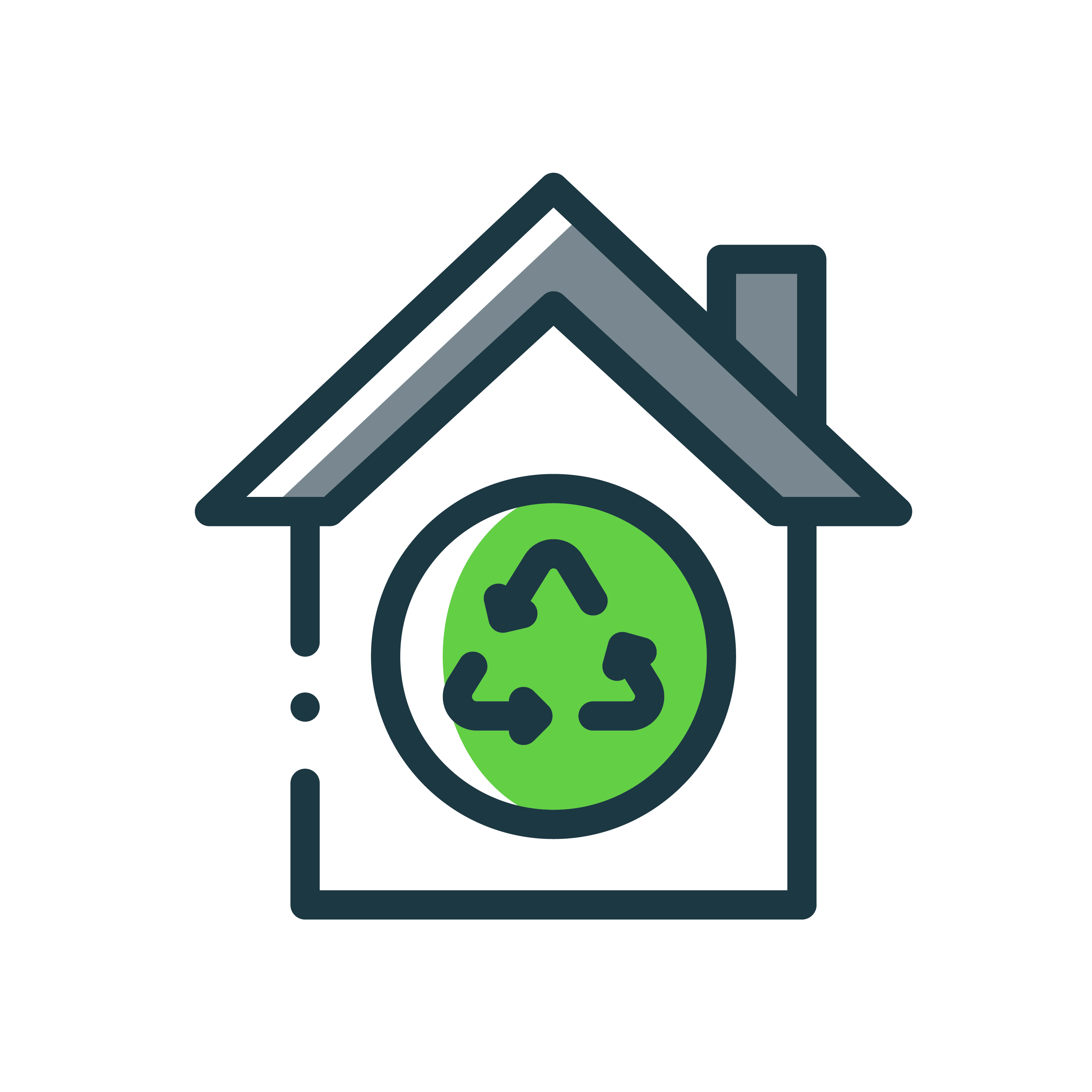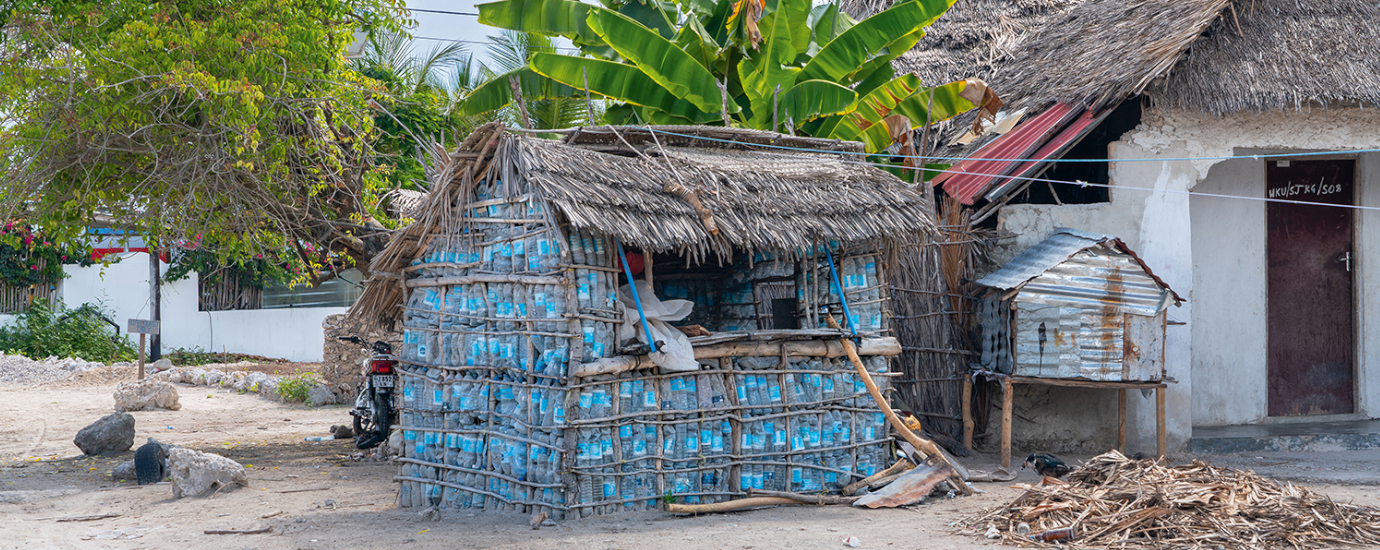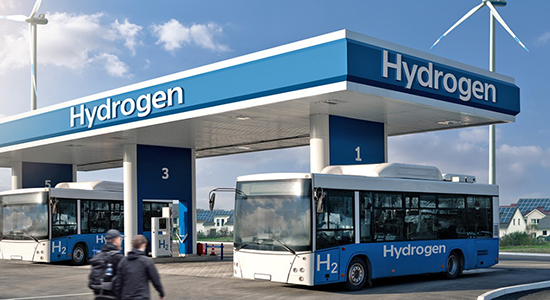How can Sustainable Chemistry assist in building – considering global megatrends?
The role of plastic materials in construction has become indispensable in the past decades with regard to the global megatrends urbanisation, climate, health, environment and affordable housing.Plastics have been very attractive for their specific properties, easy handling, availability, and low price. Both new and recycled from waste, they can play a major role in sustainable development if managed well. ISC3 has coordinated a study in which experts from science, public authorities, NGOs, and industry address various questions around ‘Sustainability of plastics as building materials’.






